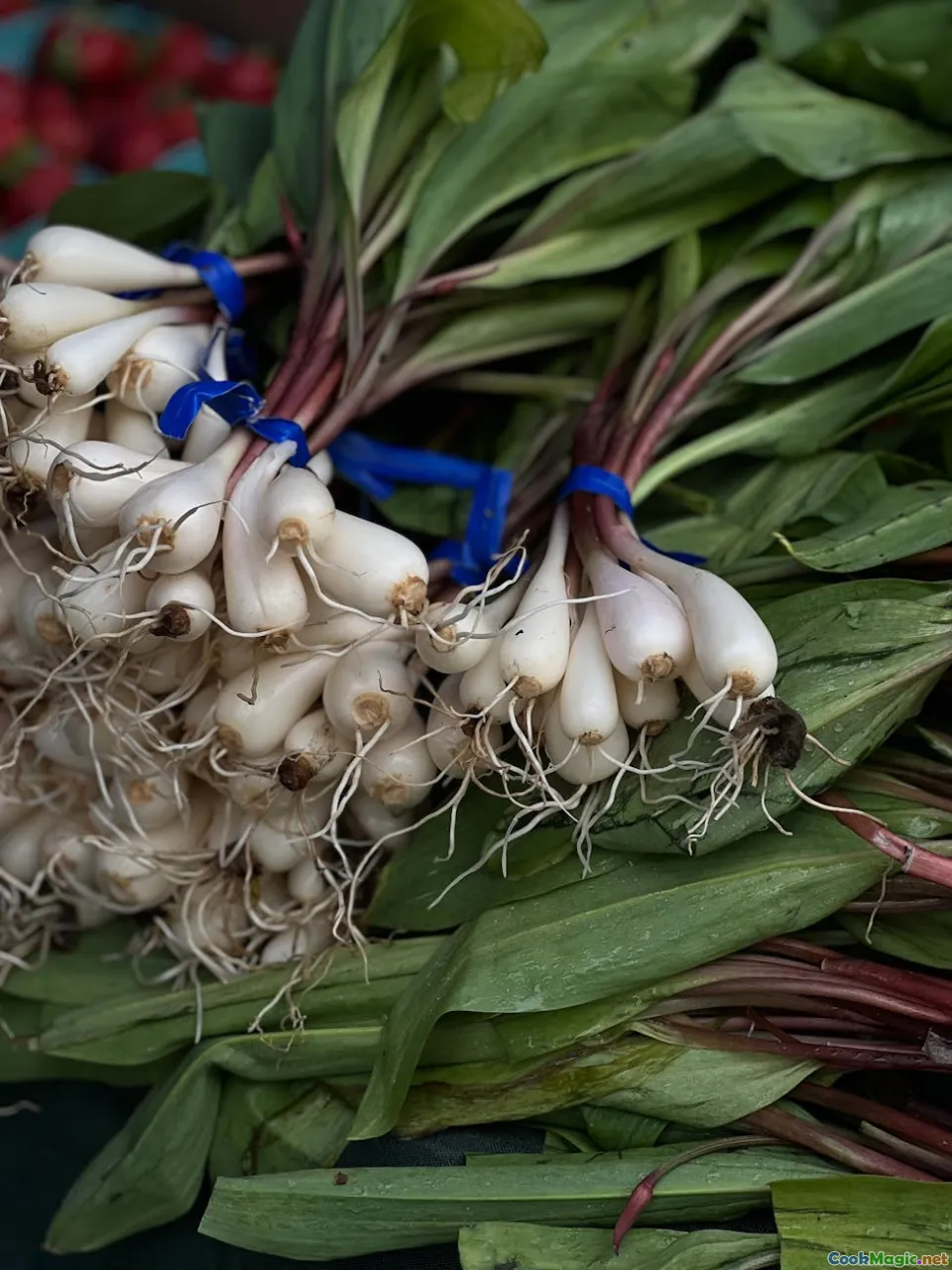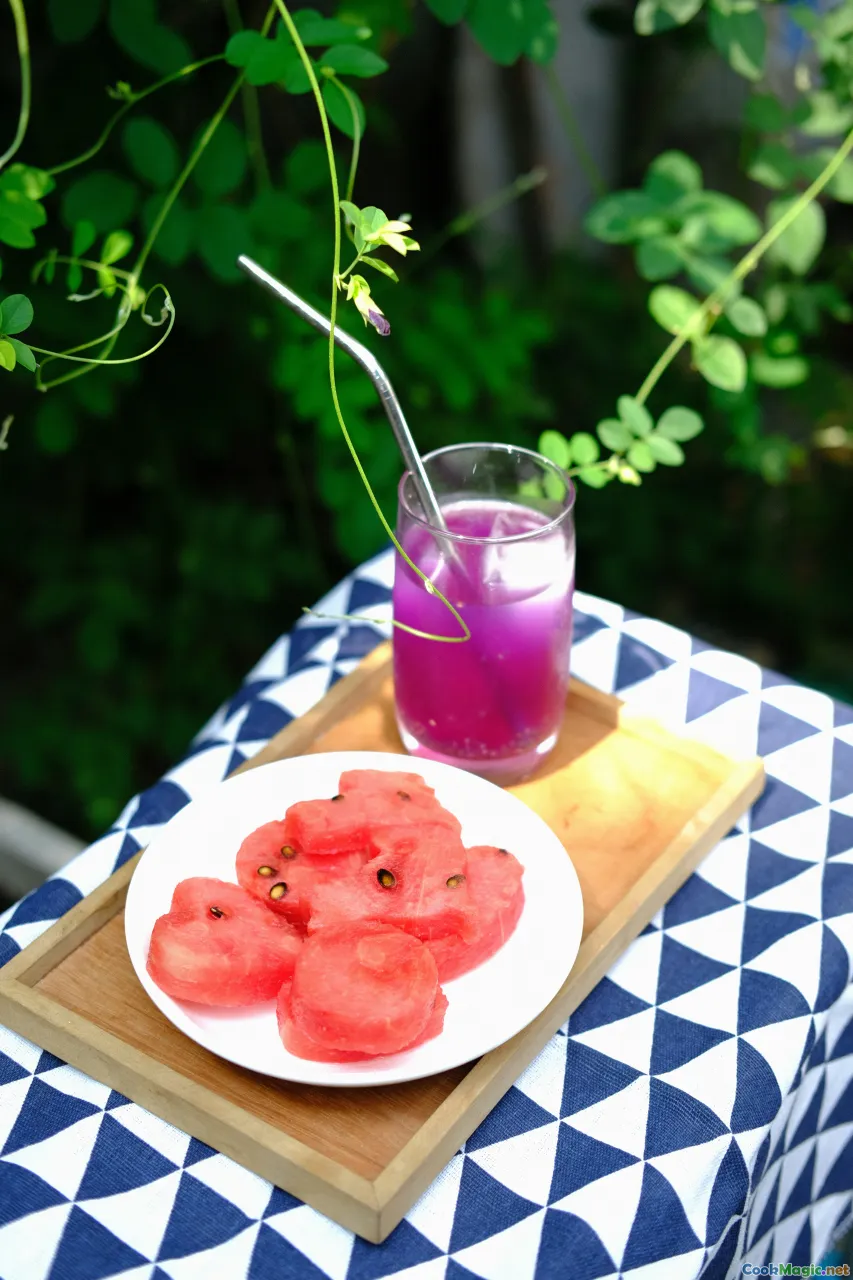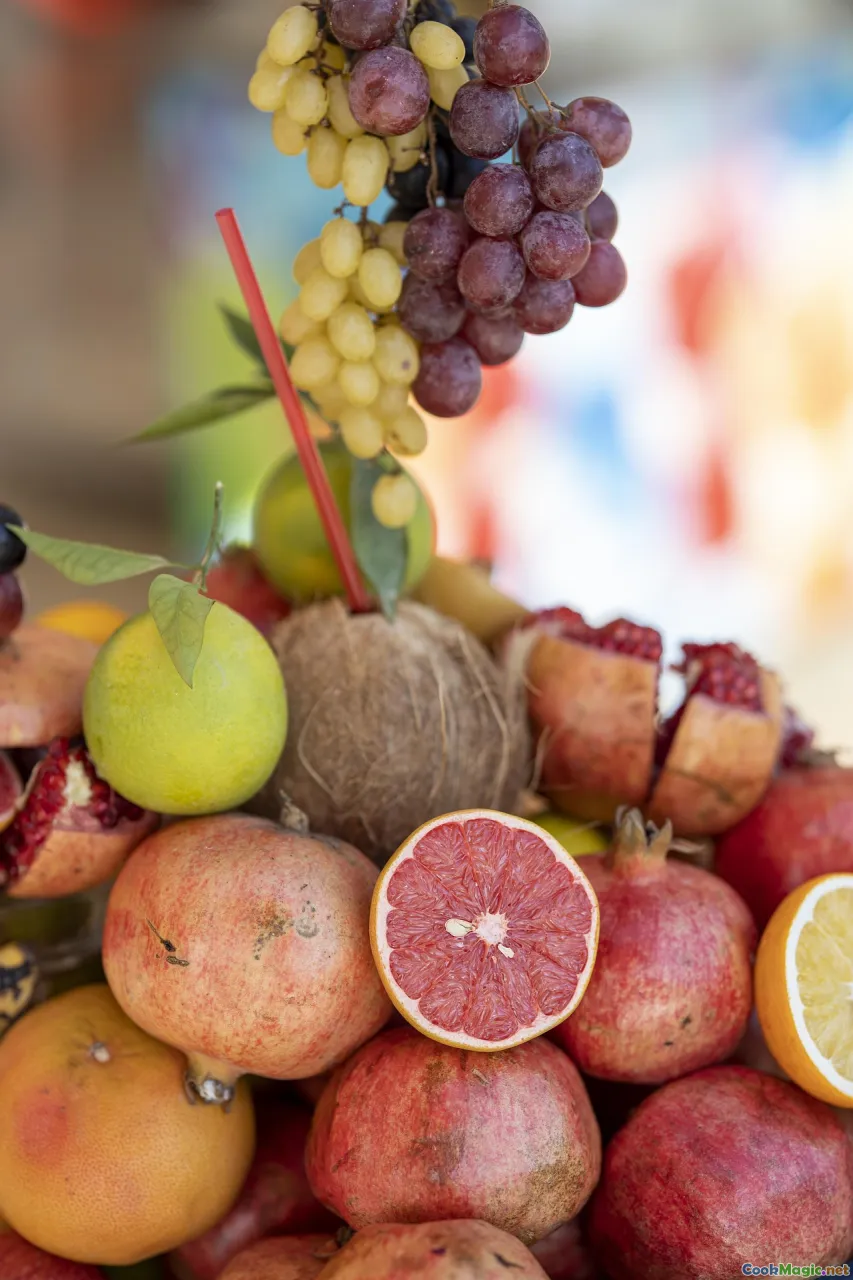Seasonal Ingredients in Cypriot Home Cooking
12 min read Explore the vibrant seasonal ingredients that define traditional Cypriot home cooking and enhance its rich culinary heritage. September 25, 2025 18:05
Seasonality and Soul: Embracing Cypriot Ingredients in Home Cooking
Wandering through the sun-drenched lanes of Cyprus, it’s impossible not to be seduced by the visceral aroma of freshly picked herbs, sun-ripened vegetables, and fragrant citrus. These ingredients, deeply woven into the island’s culinary fabric, do more than flavor— they carry stories of centuries-old traditions, connections to the land, and the fleeting magic of seasons. For anyone who has tasted Cypriot cuisine, it’s clear that seasonality is not just a practical matter; it’s a celebration of life’s natural rhythms.
This article explores the vibrant world of seasonal ingredients in Cypriot home cooking, offering vivid imagery, personal insights, and tips that bring the island’s rich culinary heritage alive in your own kitchen.
The Awakening of Spring: Fresh Greens and Citrus Rhythms

As winter's chill melts away, Cypriot homes burst into a colorful awakening. Spring signals the arrival of tender wild greens—horta(amaranth),chorta(nettles, dandelions), andradikia (dandelion leaves)—each with a, slightly bitter, earthy flavor that offers a perfect balance to the richness of traditional dishes.
I vividly recall a spring morning in a small village, where my host, Maria, handed me a basket overflowing with fresh wild greens. She explained how these greens are foraged from the nearby hills, their flavors intensified by the cool mountain air. We quickly prepared horta sti fourno (greens baked in the oven), drizzled with golden olive oil, sprinkled with minced garlic, and topped with flaky bits of Cypriot brânză. The savoriness of the roasted greens contrasted beautifully with their tender, slightly chewy texture.
Spring also marks the peak of citrus season—especially vibrantoranges, lemons, and grapefruits. The scent of freshly squeezed lemon juice is ubiquitous, infusing salads, seafood, and even dessert—like the famous portokalopita(postre with orange syrup). The tartness cuts through the richness, brightening every bite. For example, in early April, I often start my day with a glass of homemadefreshly squeezed orange juice, its bright, crisp flavor awakening my senses.Tip: Use wild greens before they flower — their flavors are more intense—and for a healthier twist, blanch them briefly to tame their natural bitterness.
Summer: The Abundance of Tomatoes, Herbs, and Melons

Summer on Cyprus is a festival of warm hues and farm-fresh flavors. Local gardens blossom under the Mediterranean sun, producing ripe tomatoes, cucumbers, bell peppers, and fresh herbslikeoregano, parsley, and mint. The tomato plant is a symbol of Cypriot summer—a cherry red, shiny and bursting with juice, perfect for salads, Italian-inspired pomodoro sugo, or simply drizzled with local olive oil and a pinch of sea salt.
My childhood memories swirl around the communal kleftiko, slow-cooked lamb infused with the aroma of summer herbs—rosemary, thyme, and bay leaves—marinated in garlic and lemon. When cooked outdoors in an earth oven or slow-cooked at home, these meats absorb the fragrant symphony of seasonal herbs.
Meanwhile, feasting on watermelonsandcantaloupeslices is a summer ritual—refreshing, sweet, with a scent of honey and sun. Walking through a local village market, I remember the vibrant display: pyramids of melons and baskets of plump, red tomatoes, their fragrance promising a taste of pure sunshine.Tip: For a fresh summer salad, combine chopped tomatoes, diced cucumbers, fresh mint, and a squeeze of lemon—simple, hydrating, and quintessentially Cypriot.
Autumn: Harvest’s Bounty—Grapes, Pomegranates, and Root Vegetables

As the days grow shorter and the air turns crisp, Cyprus’s landscape transforms into a tapestry of earthy tones. Autumn marks the grape harvest—straw-colored sultanasand deep purplemuscat grapes—used for making local wineandraisins, found in nearly every home and tavern.
For me, autumn in Cyprus is synonymous with pomegranate season. Kicked off by local festivals celebrating the fruit, these jewel-like seeds are a symbol of fertility, prosperity, and tradition. The sweet-tart flavor of freshly opened pomegranates is indescribable—a burst of juice that coats your palate with hints of cranberries and berries.
Root vegetables like sweet potatoes, carrots, and beets also reach their peak. They are roasted to bring out their natural sweetness—drizzled with olive oil, sprinkled with thyme, and baked until their edges caramelize forming a delicate, crackly crust.
The traditionalkoupepia(stuffed grape leaves) also make their appearance, filled with a mixture of rice, herbs, and occasionally minced meat, and their seasonal herbs such asoreganoanddillimpart a deep, aromatic profile.Personal anecdote:I love preparing a heartyAutumn stew—beef, root vegetables, and plums simmered slowly in a tomato-based broth flavored with cinnamon, relishing the warming glow of these flavors amid leaves crunching underfoot.Tips:Use pomegranate seeds in salads for a burst of color and acidity or makepomegranate molasses to add depth to sauces.
Winter Warmth: Citrus, Legumes, and Spices

When winter arrives, the air takes on a pine-needle aroma, and the markets brim with bright blood oranges, citrus, and koskina (wild greens). Cypriot winter cooking is all about hearty, comforting flavors that warm both body and soul.
Famous dishes like fasolada—a rich bean soup with chunks of fresh vegetables, carrots, celery, and a splash of olive oil—highlight local legumes. The addition of cinnamonorcloves lends a subtle sweetness and depth, tying the dish to both seasonal traditions and the Moorish influences on island cuisine.
During this season, citrus fruits are at their juiciest. The vibrant blood orangesare excellent for makingzest and juice, which lift stews or are turned into tangy marmalade. The scent of grapefruit combined with cinnamon sticks simmering into a syrup invigorates winter mornings.
In many homes, a pot of loukoumades(honey-dipped doughnuts infused with cinnamon) signals the colder months, delivering a comforting crunch and sweetness.**Personal insight:**I often bake a citrus and spice cake in winter, layering orange and lemon zest with warm spices, a cozy way to celebrate the season.Tips: Incorporate winter citrus zest into salads or sprinkle with sea salt and herbs for a simple, seasonal flavor boost.
Celebrating the Cypriot Melting Pot: Cross-Seasonal Flavors and Traditions

Cypriot cuisine is a layered tapestry of influences: Byzantine, Middle Eastern, Greek, and Venetian—each season brings new waves of ingredients, but also old recipes rejuvenated by fresh produce.
A traditional meze tableoften showcases ingredients every season, yet each dish reflects the bounty of that particular time. For instance, during feasts, thesouvla(slow-cooked lamb skewers) is flavored with rosemary fresh from the garden. The accompanyingtzatziki uses freshly chopped mint and cucumber, highlighting the seasonal herbs.
Personal favorite is savoring baklava flavored with orange blossom and honey—its richness wonderful after a day of gathering grapes or harvesting olives.
People's relationship with seasonal ingredients often extends beyond taste; it sustains shared rituals, festival preparations, and a sense of cultural identity. Many villages celebrate harvest festivals—offering a moment to gather families, share meals, and remember that true flavors are those rooted in the soil’s pulse.
Practical Tips for Incorporating Cypriot Seasonality into Your Kitchen
- Follow your local rhythm: Adapt seasonal ingredients based on your geographic location—what’s fresh in Cyprus may vary elsewhere.
- Experiment with preservation:Makelemon preservesortomato jams to extend the flavors of summer.
- Grow your herbs: Oregano, mint, thyme, and bay—they’re hardy and perfect for planting in windowsills or gardens.
- Source intentionally: Visit farmers' markets, and seek out small producers who honor seasonal harvesting.
By embracing these seasonal ingredients, you don’t just cook—you step into a living tradition, an ongoing dialogue between land, culture, and time.
In each dish, from the first wild greens of spring to the warming stews of winter, Cypriot cuisine offers a soulful reminder: the most authentic flavors are those that grow in harmony with nature’s rhythms. It’s a taste of history, a celebration of the land, and an invitation to savor every fleeting moment of flavor each season has to offer.









